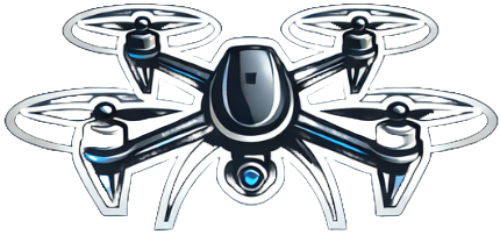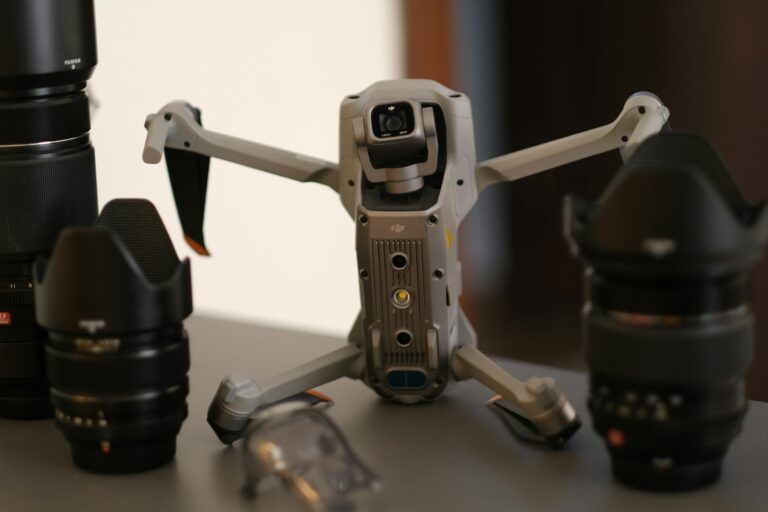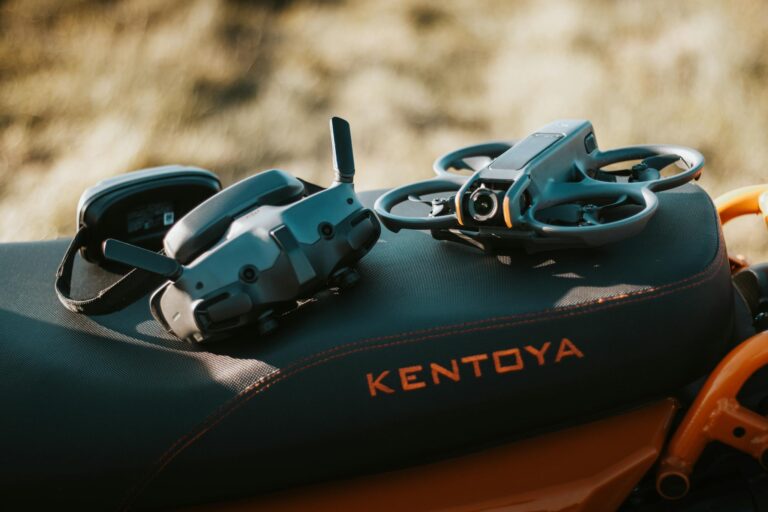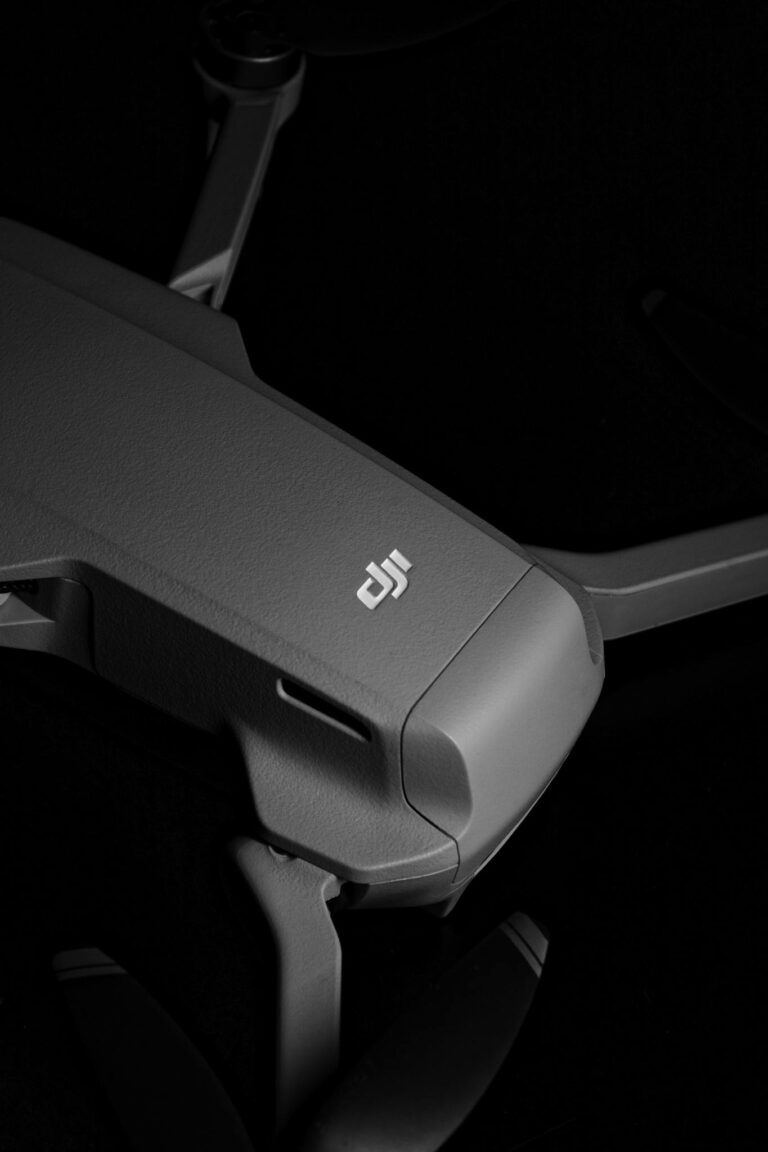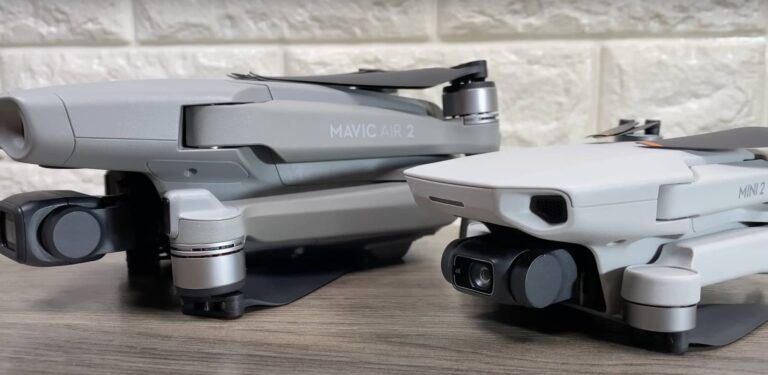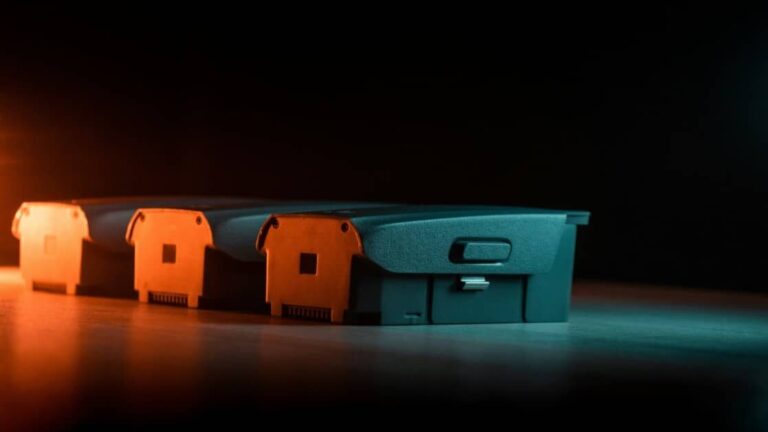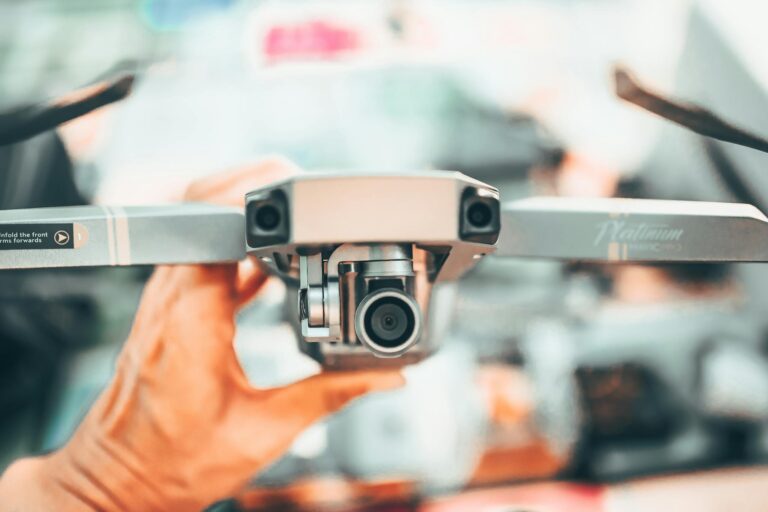Drones have transcended their origins as military and hobbyist tools to become indispensable in industries ranging from agriculture to filmmaking. As drone technology continues to advance, new innovations and accessories are shaping the future of flight, offering unprecedented capabilities for both enthusiasts and professionals. In this article, we explore the cutting-edge developments in drone technology and the accessories that are pushing the boundaries of what’s possible.
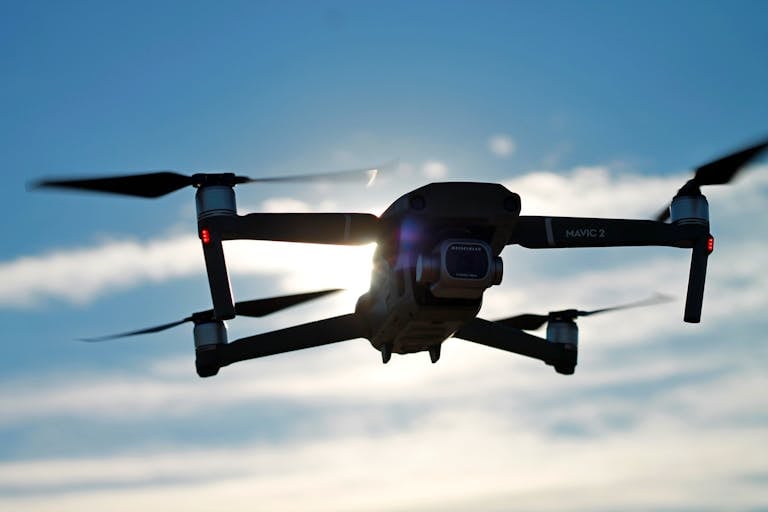
The Next Wave of Drone Technology
AI and Automation in Flight
The role of AI in cutting-edge drone technology cannot be overstated, with advancements in autonomy leading the way. Artificial intelligence (AI) is revolutionizing drone operations by making them smarter and more autonomous. AI-powered drones are capable of:
- Obstacle Detection and Avoidance: Using sophisticated sensors and algorithms to navigate complex environments in real-time.
- Automated Flight Paths: Planning and executing missions with minimal human intervention.
- Facial and Object Recognition: Enhancing security, surveillance, and personalized content creation.
These advancements allow drones to perform intricate tasks safely and efficiently, from delivering packages to conducting inspections in hazardous environments.
Enhanced Battery Life and Power Systems
Battery life has long been a limitation in drone operation. The latest innovations include:
- Graphene Batteries: Offering higher energy densities and faster charging times compared to traditional lithium-ion batteries.
- Hydrogen Fuel Cells: Providing extended flight durations, enabling drones to stay airborne for hours instead of minutes.
These new power systems are transforming drones into reliable workhorses capable of long-duration missions, opening doors for applications in logistics and environmental monitoring.
Cutting-Edge Drone Accessories
Advanced Cameras and Gimbals
Drone photography and videography have seen significant enhancements with accessories such as:
- 4K and 8K Cameras: Providing crystal-clear image quality and the ability to capture minute details.
- 360-Degree Cameras: Enabling immersive content creation for virtual reality and augmented reality applications.
- 3-Axis Gimbals: Stabilizing footage even in turbulent conditions, ensuring professional-grade shots every time.
These accessories are crucial for industries like real estate, cinematography, and surveying, where precision and quality are paramount.
Modular Payload Systems
Modern drones now support modular payloads, allowing users to swap out equipment based on the task at hand. Popular payload options include:
- LIDAR Sensors: For detailed topographic mapping and surveying.
- Thermal Cameras: Used in search and rescue missions and infrastructure inspections.
- Crop-Spraying Modules: Optimizing agricultural productivity by precisely dispersing fertilizers and pesticides.
This flexibility allows a single drone to serve multiple purposes, making it a versatile tool for diverse industries.
FPV (First-Person View) Accessories
Drone technology offers immersive flying experiences and has become a game-changer for:
- Racing Enthusiasts: FPV goggles provide real-time views, creating the thrill of piloting at high speeds.
- Inspectors and Surveyors: FPV setups help navigate tight spaces like pipelines or building interiors, improving accuracy and safety.
FPV drones are redefining how pilots interact with their equipment, blending technology and adrenaline for a new era of flight.
The Role of 5G and Connectivity
5G technology is set to revolutionize drone communication. Key benefits include:
- Low Latency: Enabling near-instantaneous response times, critical for real-time applications like emergency response and drone racing.
- Enhanced Range: Allowing drones to operate over greater distances without losing connection.
- High Data Throughput: Supporting real-time video streaming in high definition, beneficial for live broadcasting and surveillance.
The integration of 5G will make remote drone operation more seamless and reliable, paving the way for widespread adoption in industries like logistics and healthcare.
Future Trends: Where Drones are Heading
Swarm Technology
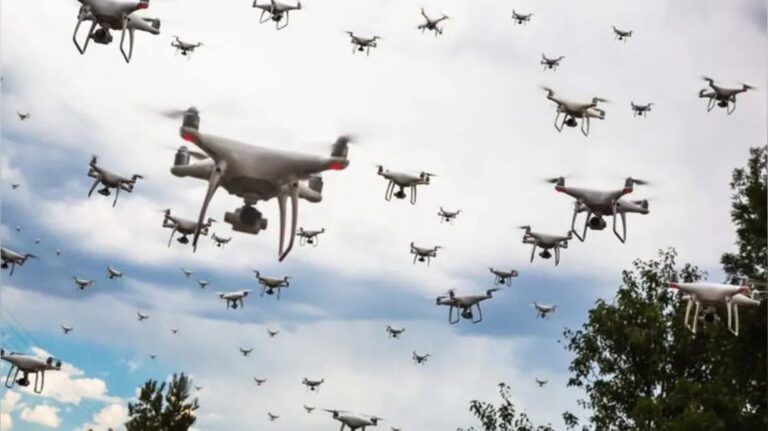
Swarm drones — multiple drones working together as a coordinated unit — are showing promise in fields such as:
- Disaster Relief: Quickly mapping affected areas or delivering aid supplies.
- Entertainment: Creating stunning synchronized light shows that replace traditional fireworks.
- Agriculture: Coordinating efforts to monitor and treat large fields more efficiently.
For an in-depth look at swarm drone technology, check out our post on Swarm Drones in Action.
Delivery Drones
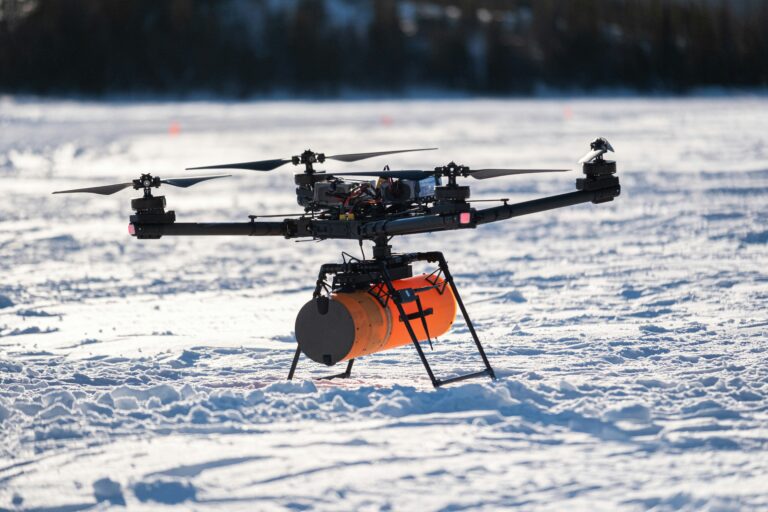
Companies like Amazon and UPS are already testing drone deliveries. With advancements in air traffic control systems and regulatory frameworks, drone deliveries could soon become commonplace, particularly for:
Medical Supplies: Quickly transporting life-saving equipment or medication to remote locations.
Last-Mile Deliveries: Reducing delivery times in urban and rural areas.
Explore this MIT article on autonomous drone systems.
Conclusion
The future of drones is bright, driven by rapid advancements in technology and innovative accessories. From AI and modular payloads to 5G connectivity and swarm intelligence, these developments are enhancing drones’ versatility, safety, and functionality. As these technologies continue to evolve, drones are poised to play a larger role in our daily lives, transforming industries and expanding the possibilities of flight.
The sky, quite literally, is no longer the limit.
